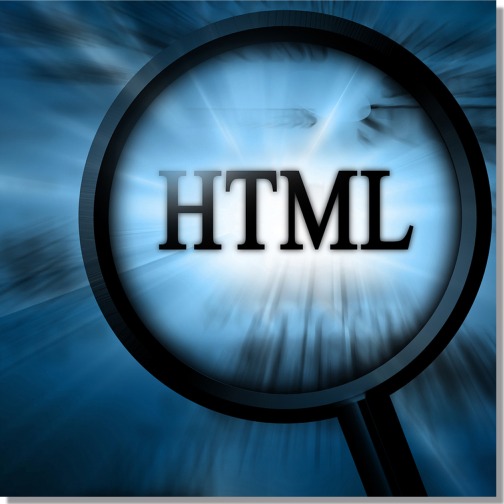How to Use HTML Tags for Links

Creating HTML tags is not a difficult thing to do, provided that you know the right technique. The HTML language is easy to learn and many people, especially SEO experts, use it to create tags. You can use HTML tags to link a particular text to a URL of your choice.
For instance, when a user clicks on a HTML tag on a webpage, the link associated with it opens in a new window, or the same window, depending on the settings of the page.
Keep reading this article to learn about how you can create HTML tags.
Things Required:
– Computer
– Text Editor
– Link URL
Instructions
-
1
First of all, you need to copy the URL of the page that you want to link to your desired text. Here, you should make sure that you include all the sub-domains and paths in the link. For that purpose, just go to the specific page and copy the URL from the address bar.
-
2
Now open a text editor and start creating HTML tags for your desired text. Write to start the coding. In place of destinationURL, you will have to paste the URL that you had copied in the previous step.
-
3
Right after “>”, you need to write the text that you want to link to the URL. Usually, “Click here” is used as a common text to indicate a link. When creating a back link, you can write your desired keyword that you are linking to your website or webpage.
-
4
Close the tag with “/a” without the quotes, and the final code should look like “(a href="http// mysite.com") click here (/a).
Here, you should replace round brackets () with angle brackets to create the code. -
5
If you find it difficult to create tags using HTML codes, than you can also use MS Word to create HTML tags without using any code. Open MS Word and write the text that you want to link to your desired URL. Highlight the text and right click on it. Select “Hyperlink,” which will open a new window on your screen.
-
6
In the address section, you will have to paste the URL that you want to link to the selected text. Click “OK” and the text will automatically be linked to your desired URL.
Here, you will not be able to see the HTML code directly. However, if you view the content in the HTML viewer, then you will be able to see the code exactly matching the code explained in the fourth step.





